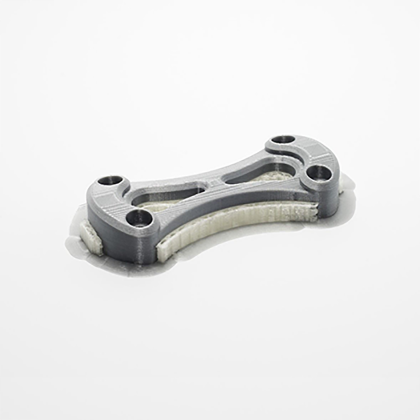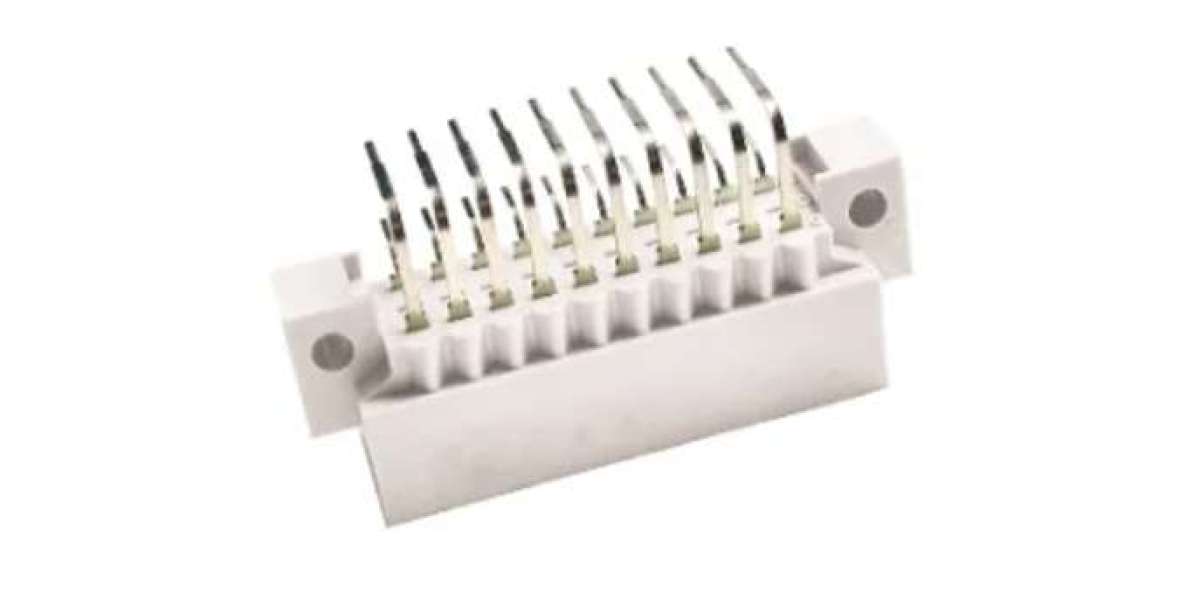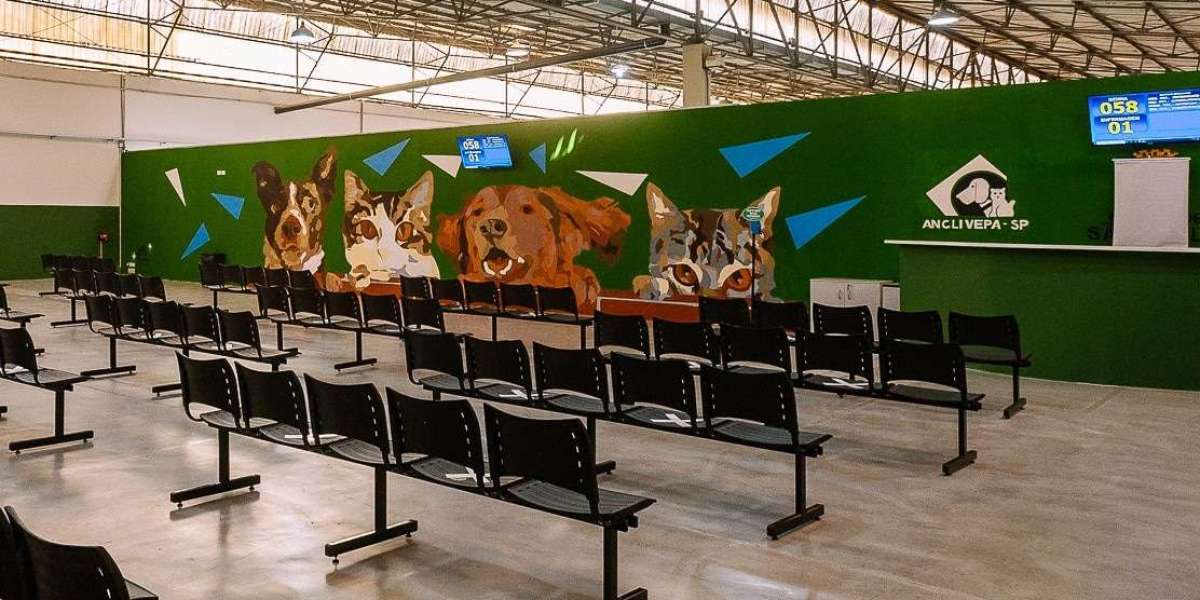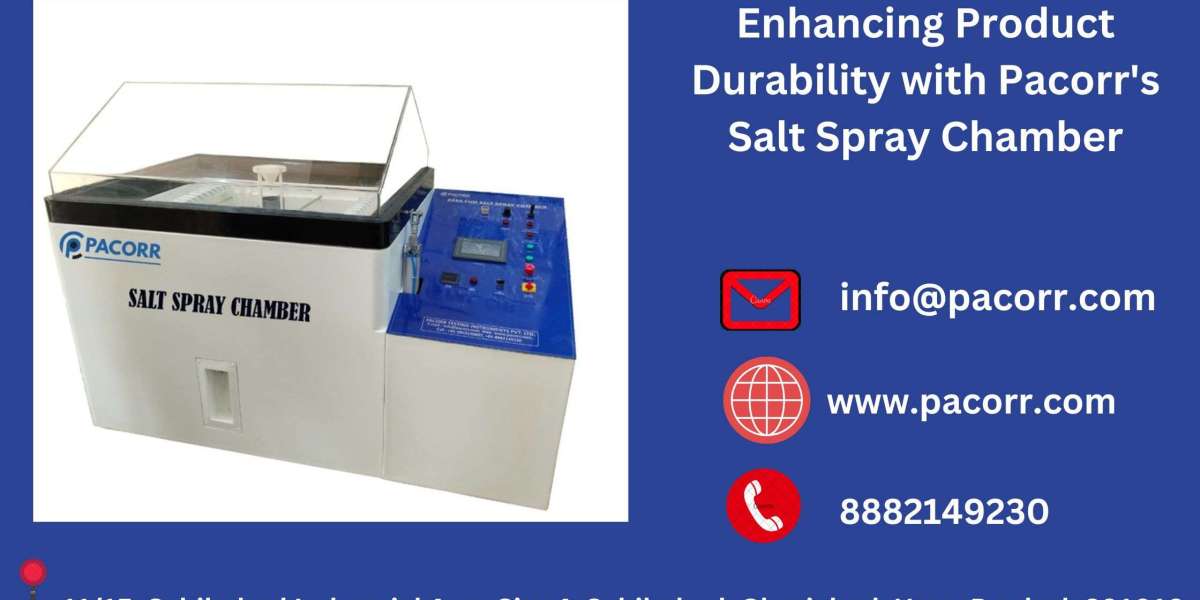Fused Deposition Modeling (FDM) is a popular 3D printing technology that has revolutionized the manufacturing industry. This article delves into the advantages and disadvantages of fused deposition modeling services, providing a comprehensive understanding for those considering its application.

What is Fused Deposition Modeling?
Fused Deposition Modeling, also known as FDM, is an additive manufacturing process that builds objects layer by layer using thermoplastic materials. This technology is widely used for prototyping, production, and custom manufacturing.
Advantages of Fused Deposition Modeling Services
FDM technology offers several benefits that make it a preferred choice in various industries. Here are some key advantages:
- Cost-Effective: FDM is relatively inexpensive compared to other 3D printing technologies, making it accessible for small businesses and startups.
- Material Variety: A wide range of thermoplastic materials can be used, including ABS, PLA, and PETG, allowing for versatility in applications.
- Ease of Use: FDM printers are user-friendly and require minimal training, which is ideal for rapid prototyping and iterative design processes.
- Durability: The materials used in FDM are known for their strength and durability, making them suitable for functional parts and end-use products.
Disadvantages of Fused Deposition Modeling Services
Despite its advantages, FDM technology has some limitations that should be considered:
- Surface Finish: FDM parts often have visible layer lines, which may require post-processing to achieve a smooth finish.
- Speed: The printing process can be slow, especially for large or complex parts, which might not be suitable for high-volume production.
- Resolution: FDM printers typically have lower resolution compared to other 3D printing technologies, affecting the level of detail in the final product.
Applications of Fused Deposition Modeling Services
FDM technology is used in various industries, including automotive, aerospace, healthcare, and consumer goods. It is particularly valuable for:
- Prototyping: Rapid prototyping allows designers to test and refine their ideas quickly and cost-effectively.
- Tooling: Custom jigs, fixtures, and tooling aids can be produced on-demand, reducing lead times and costs.
- End-Use Parts: Durable and functional parts can be manufactured for low-volume production runs or custom applications.
Conclusion
In conclusion, fused deposition modeling services offer numerous benefits, including cost-effectiveness, material variety, and ease of use. However, it is essential to consider the limitations, such as surface finish and resolution, when deciding if FDM is the right choice for your manufacturing needs.
"FDM technology has transformed the way we approach prototyping and production, offering a balance of affordability and functionality." - Industry Expert
For more information on FDM services and to see some real-world applications, check out the following resources:
Related Products
Explore some of the products that utilize FDM technology:

Watch this video to see FDM in action:









